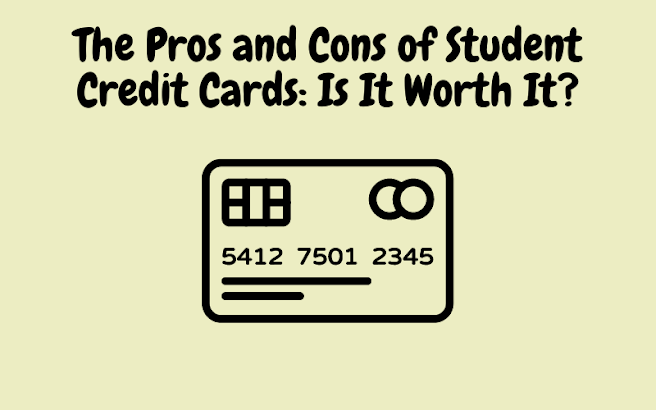The Pros and Cons of Variable APR Credit Cards
Variable Annual Percentage Rate (APR) credit cards are credit cards that have a fluctuating interest rate. The APR on these cards can change depending on the prime rate or other market factors. There are several pros and cons associated with using variable APR credit cards. On the one hand, variable APR credit cards offer the potential for lower interest rates than fixed APR credit cards. On the other hand, they can also result in higher interest rates if the prime rate increases. In this way, variable APR credit cards can be both beneficial and risky for consumers, and it is important to weigh the advantages and disadvantages before deciding to apply for one.

Points outlining the pros and cons of variable APR credit cards:
Pros:
Lower interest rates during economic downturns:
When the economy is struggling, the Federal Reserve tends to lower interest rates, which can result in lower APRs for variable APR credit cards. This can be beneficial for consumers who carry a balance on their credit cards.
Opportunity for savings:
If the prime rate remains low or decreases, variable APR credit cards can offer significant savings compared to fixed APR credit cards. This is because fixed APR credit cards maintain the same interest rate regardless of market fluctuations, while variable APR credit cards can adjust accordingly.
Potential for rewards:
Some variable APR credit cards offer rewards programs that can help offset interest charges. For example, cashback rewards can be used to pay down credit card balances, effectively reducing the interest paid on the account.
Cons:
Higher interest rates during economic booms:
Just as variable APR credit cards can offer lower interest rates during economic downturns, they can also result in higher interest rates during economic booms. This is because the prime rate tends to increase when the economy is performing well, leading to higher APRs for variable APR credit cards.
Uncertainty:
The fact that the interest rate on a variable APR credit card can change at any time can create uncertainty for consumers who prefer to have a fixed payment amount. This can make it difficult to budget and plan for credit card payments.
Risk of debt accumulation:
Higher interest rates on variable APR credit cards can lead to more debt accumulation if the cardholder carries a balance on the account. This can result in higher interest charges and longer repayment periods, potentially leading to financial difficulties.
Bottom line:
In summary, variable APR credit cards can offer some advantages, such as lower interest rates during times of economic downturns. However, they can also pose a risk if the prime rate increases, leading to higher interest rates and potentially more debt for the consumer. Ultimately, the decision to use a variable APR credit card should be made carefully, taking into account the current economic climate, personal financial situation, and willingness to take on potential risks. Consumers should consider comparing different credit card options and reading the fine print before making a decision. Additionally, it is important to be vigilant about making timely payments and avoiding carrying a balance to minimize interest charges.
Read More: How Long Does it Take to Process a Credit Card in India?


Comments
Post a Comment